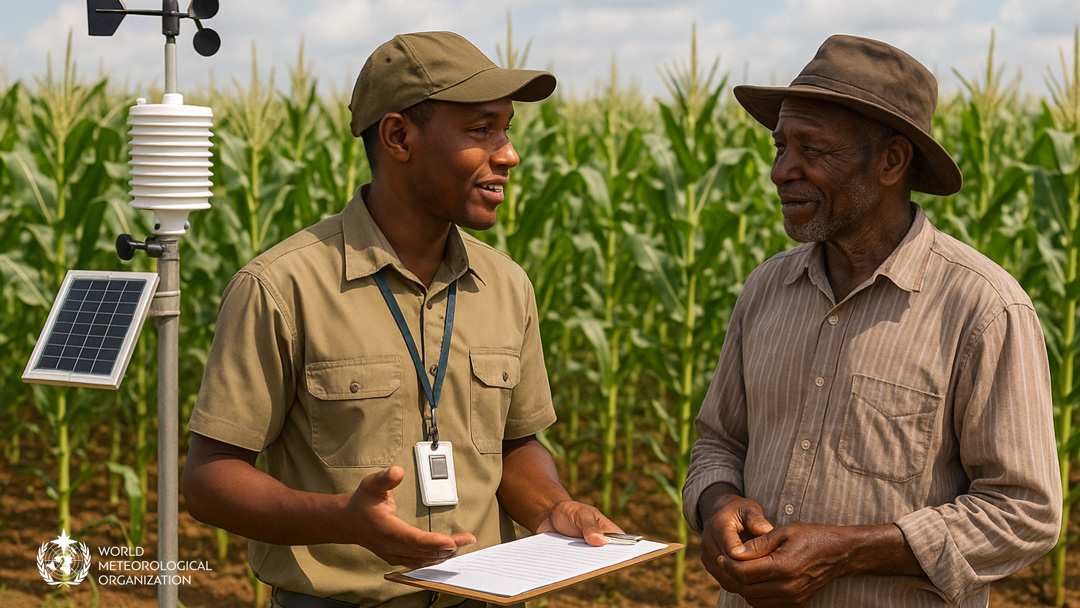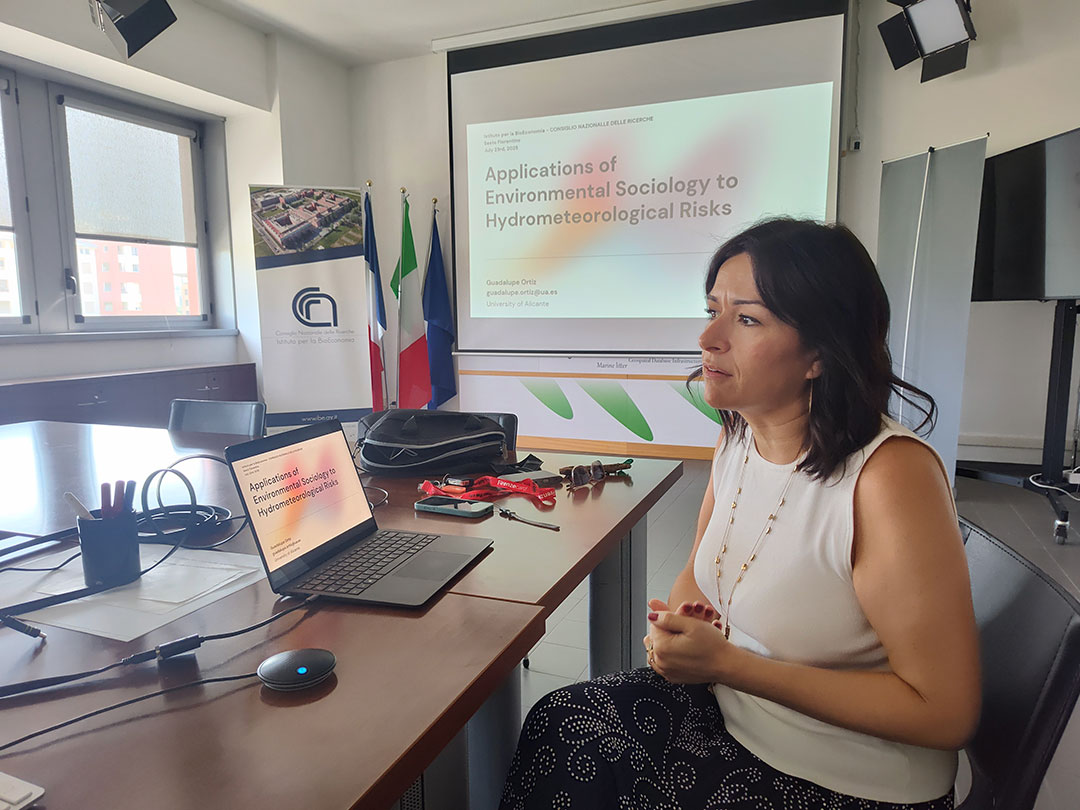SERV_FORFIRE Project focuses on Integrated Services and approaches for assessing effects of Climate Change and extreme events for fire and post-fire risk prevention. In the last period, the project developed an operational chain to forecast, at a seasonal time scale, a bias adjusted Standard Precipitation Index (SPI) to support drought and fire risks management. The applied technique of a bias-adjusted SPI seasonal forecast improves the estimate of rainfall by making it more closely to the observed rainfall. The effort of the CNR-IBE researchers, Massimiliano Pasqui, Sara Quaresima, Ramona Magno and Edmondo Di Giuseppe, therefore, allows continuity between observation and forecasting, improving the information available to decision-makers.
The following text is the article issued on the SERV_FORFIRE NEWSLETTER N.3/2021, JULY 2021.
“In the last period of the SERV_FORFIRE project, it has been developed an operational chain to forecast, at a seasonal time scale, the Standardize Precipitation Index (SPI) to support drought and fire risks management. The forecast tool is based on the most recent and evolute version of the ECMWF numerical seasonal forecast system, named SEAS5 (Johnson et al., 2019). Each month, from 1993 to the present, SEAS5 provides an ensemble of daily simulations, lasting 7 months each; these simulations are freely accessible from the Copernicus Data Store.
For the SERV_FORFIRE goals, the SEAS5 system is used to derive the seasonal predictions of the SPI index to evaluate drought conditions a few months in advance starting from the daily precipitation ensemble simulations. This effort is made for increasing the amount of forecast information available for decision-making processes.
The SEAS5 daily precipitation seasonal forecasts, with a horizontal resolution of 1°x1°, are bias-adjusted using the Multi-Source Weighted-Ensemble Precipitation (MSWEP) dataset (version 2.8, Beck et al., 2017 and Beck et al., 2019). MSWEP is a global precipitation product with an original 3-hourly, 0.1° resolution available from 1979 to the present; it merges gauge, satellite, and reanalysis data to obtain a high-quality precipitation estimate at every location.
The bias adjustment is performed by using the CSTools R Package (CSTools: Assessing Skill of Climate Forecasts on Seasonal-to-Decadal Timescales) applying a quantile-quantile mapping algorithm (Nuria Peres-Zanon et al., 2020). This algorithm adjusts/corrects the quantiles of the modelled distribution (the raw SEAS5 daily precipitation distribution) by using an observed distribution set as reference (the MSWEP daily precipitation distribution). Thus each SEAS5 grid-points of each ensemble member is 1) reprojected onto the highest resolution MSWEP dataset, and then 2) the resulting high resolution daily time-series precipitation distribution is adjusted using a quantile transformation (Gudmundsson et al. 2012). A 1993 – 2016 period is used for the adjustment.










